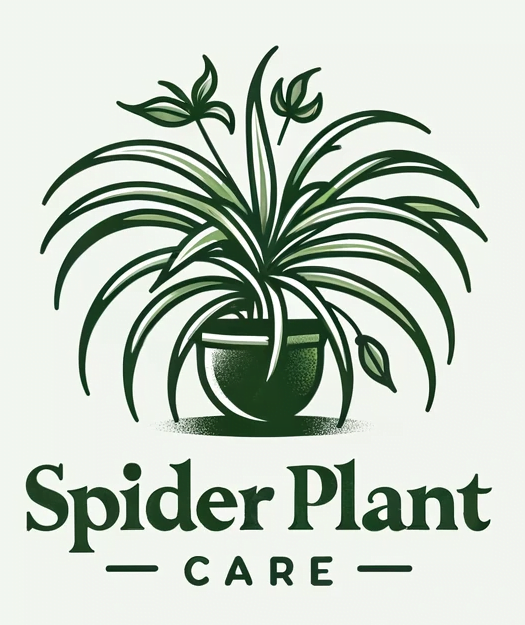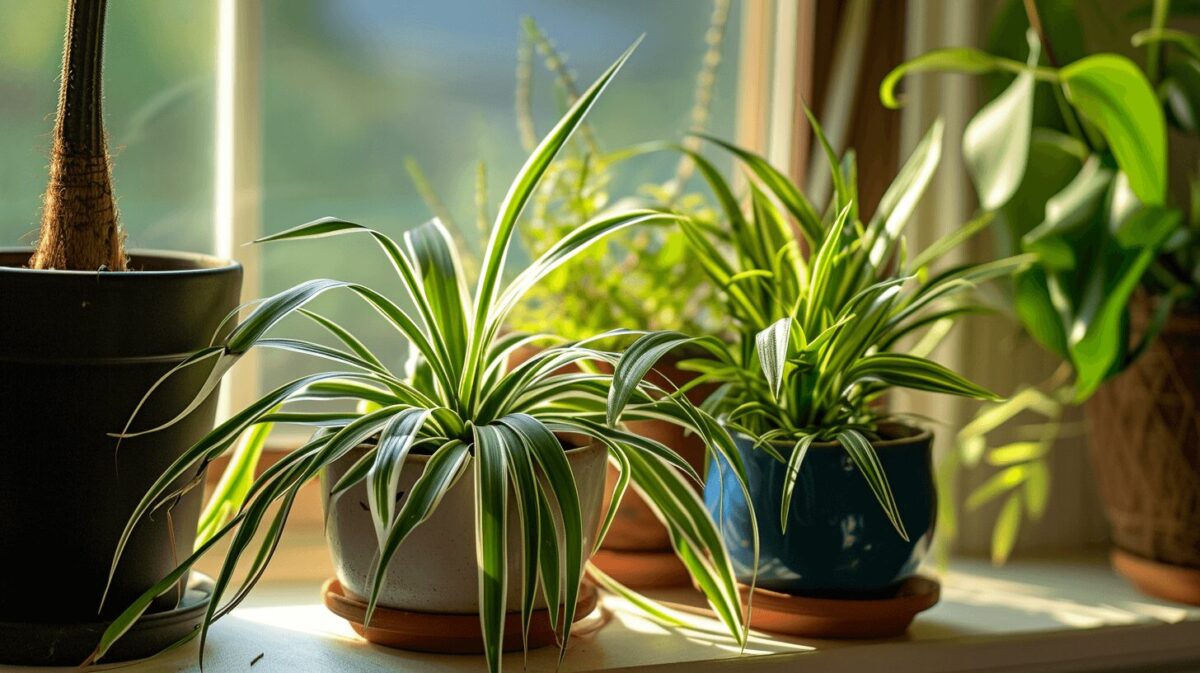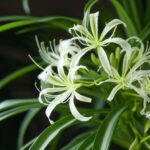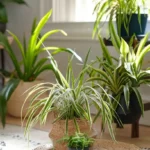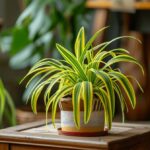Spider plants are one of the most popular houseplants, known for their beautiful long, arching leaves and easy-care nature. One of the unique features of spider plants is their ability to produce numerous offspring, or “babies,” which can be detached and grown into new plants. If you find yourself wondering what to do with your spider plant babies, this article will guide you through understanding spider plant propagation, steps to detach the babies, caring for detached spider plant babies, and transplanting them successfully.
Understanding Spider Plant Propagation
Spider plants, scientifically known as Chlorophytum comosum, are fascinating plants that have a unique way of reproducing. They produce offshoots, also called plantlets or babies, as a means of propagation. These offshoots grow from the mother plant, attached to long stems known as runners. As the offshoots mature, they develop their own root system, allowing them to survive independently. This process of spider plant propagation is not only intriguing but also a great way to expand your spider plant collection.
The Science Behind Spider Plant Offshoots
Spider plant offshoots are a result of a process called vegetative reproduction. Unlike sexual reproduction, which involves the fusion of male and female gametes, vegetative reproduction allows plants to produce offspring without the need for seeds or pollination. In the case of spider plants, the offshoots are essentially clones of the mother plant.
When a spider plant reaches maturity, it starts producing offshoots as a way to ensure its survival. These offshoots are genetically identical to the mother plant, carrying the same traits and characteristics. They grow from specialized structures called meristems, which are found at the base of the plant near the soil surface. The meristems contain undifferentiated cells that have the potential to develop into various plant tissues, including roots, stems, and leaves.
As the offshoots grow, they receive nutrients and water from the mother plant through the runners. These runners act as conduits, delivering essential resources to the developing offshoots. Once the offshoots have grown sufficiently and developed their own root system, they become capable of sustaining themselves and can be separated from the mother plant.
Ideal Conditions for Spider Plant Babies
Spider plant offshoots require specific conditions to thrive and grow into healthy, vibrant plants. Providing these ideal conditions will greatly increase their chances of survival and successful propagation.
First and foremost, spider plant offshoots need a moist environment. They thrive in soil that is consistently damp but not waterlogged. Overwatering can lead to root rot, so it’s important to strike a balance and ensure proper drainage.
Indirect sunlight is another crucial factor for the healthy growth of spider plant offshoots. While they can tolerate some direct sunlight, excessive exposure can scorch their leaves. Placing them near a window with filtered light or in a partially shaded area is ideal.
Temperature also plays a role in the development of spider plant babies. They prefer a temperature range between 60-75°F (15-24°C). Extreme temperatures, both hot and cold, can hinder their growth and overall health.
Providing adequate water and nutrients is essential for the successful propagation of spider plant offshoots. Regular watering, keeping the soil consistently moist, and using a well-draining soil mix are important factors to consider. A mixture of peat moss and perlite or vermiculite is often recommended for spider plants.
By creating these ideal conditions, you can ensure that your spider plant offshoots grow into strong, independent plants that will continue to beautify your space.
Steps to Detach Spider Plant Babies
When to Detach Spider Plant Babies
Detaching spider plant babies should be done when they have grown 2-3 inches in length and have developed a good root system. This usually occurs after a few months from the time they first appeared. Waiting until they reach this stage ensures that they have a better chance of survival when detached.
Tools Needed for Detachment
Detaching spider plant babies requires a few basic tools: a sharp, sterilized knife or scissors, a clean container filled with water or potting soil for temporary placement, and a new pot with well-draining soil for long-term growth. Having these tools ready beforehand will make the detachment process much smoother.
The Detachment Process
To detach spider plant babies, carefully cut the stem or runner connecting them to the mother plant. Make sure to use a clean, sharp tool to prevent any damage or potential infections. Place the detached babies in a container with water or potting soil, allowing their roots to soak in moisture before transferring them to a new pot.
While detaching the babies, it’s essential to handle them gently to avoid any roots tearing or stress. Once the babies have been detached, they can be treated as individual plants and cared for separately.
Caring for Detached Spider Plant Babies
Watering and Feeding Your Spider Plant Babies
To ensure the healthy growth of detached spider plant babies, proper watering and feeding are crucial. Water them regularly, allowing the soil to dry slightly between watering sessions. Overwatering can lead to root rot and other issues, so it’s essential to find the right balance.
Additionally, spider plants benefit from regular feeding with a balanced houseplant fertilizer. Follow the instructions on the fertilizer packaging for the correct dosage and frequency. Providing them with adequate water and nutrients will help the babies flourish into thriving plants.
Light and Temperature Requirements
Spider plant babies appreciate bright, indirect sunlight. Placing them near a north or east-facing window will ensure they receive the right amount of light without being exposed to direct sunlight, which can scorch their leaves.
As for temperature, spider plants prefer a moderate range between 60-75°F (15-24°C). Avoid exposing them to extreme temperature fluctuations or drafts, as they can affect their overall health and growth.
Dealing with Common Spider Plant Baby Problems
Spider plant babies are generally resilient, but they can face some common issues. Brown tips on the leaves often indicate underwatering or lack of humidity. Increasing the humidity around the plants or adjusting your watering routine can help address this problem.
Yellowing leaves can be a sign of overwatering or excessive direct sunlight. Adjusting watering and providing the right amount of indirect light can help resolve this issue.
Transplanting Spider Plant Babies
Choosing the Right Pot and Soil
When transplanting spider plant babies into their permanent pots, choose containers with drainage holes to prevent waterlogging. Select pots that are slightly larger than the root ball to allow for growth. Additionally, ensure the potting soil is well-draining and suitable for houseplants.
The Transplanting Process
Before transplanting, gently remove the spider plant babies from their temporary containers, taking care not to damage their roots. Place them into the new pot, adding fresh potting soil around the root ball to provide support. Lightly press down the soil to remove air pockets and water thoroughly.
After transplanting, place the pots in their preferred location, ensuring they receive the right amount of light and temperature as mentioned earlier. Monitor their growth and adjust care as needed.
Post-Transplant Care
Following the transplant, spider plant babies may experience some temporary stress. Maintain consistent care, ensuring they receive adequate water and light. Avoid over-fertilizing during this period to avoid further stress. With proper care and time, the transplanted spider plant babies will acclimate and continue to thrive in their new pots.
In Conclusion
Now that you know what to do with your spider plant babies, you can confidently propagate and care for them to create a flourishing collection of spider plants. From understanding the science behind offshoots to detaching, caring for, and transplanting the spider plant babies, the process may seem daunting at first. However, with proper information and care, you’ll enjoy the satisfaction of watching your spider plant babies grow into mature, independent plants.
Community Suggestions
- Creative Rooting: Users have rooted spider plant babies in various containers like champagne flutes and margarita glasses, placing them on a windowsill for sunlight.
- Transferring to Soil: There’s a consensus that once the babies have sufficient roots, they can be safely transferred to soil. One user successfully planted a baby directly in soil without checking for roots first.
- Leaving Babies Attached: Some users prefer to leave the babies attached to the mother plant, which can create a fuller, more jungle-like appearance. This method is also pet-safe, as spider plants are non-toxic.
- Pruning Advice: It’s suggested that removing empty stems or excess babies can help the mother plant grow stronger. However, caution is advised to avoid over-pruning.
- Propagation Tips: For propagation, placing the babies in water until roots develop is a common method. Some suggest using rooting compounds or B1 for better results. Another method is to surround the mother plant with pots so the babies can root while still attached.
- Sharing and Gifting: Many users advocate for sharing or gifting the propagated babies, either by giving them to friends, family, or coworkers, or by planting them in paper cups as simple gifts.
- Impact on Mother Plant: Regularly cutting off the babies can stimulate the mother plant’s growth, making it healthier and more robust.
- Personal Experiences: Users shared personal stories, like rooting spider plant babies after accidental breakage or taking babies from a plant in a thrift store to propagate at home.
